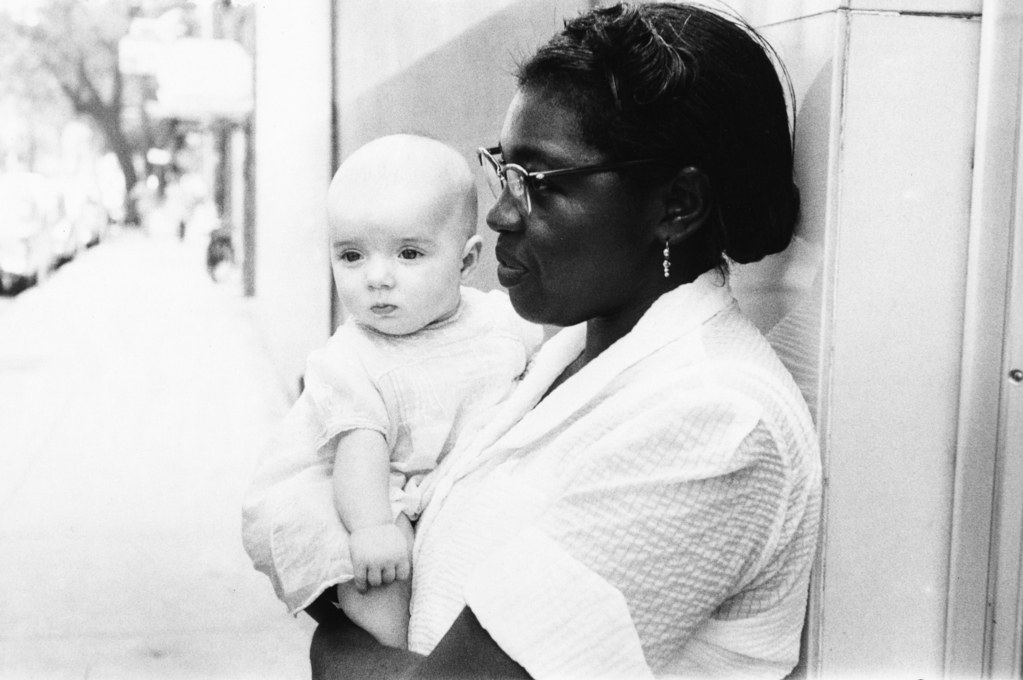My direction of travel is a little different from others on the programme, I think. I am moving from a professional life/identity as a sociologist to the the development of my (somewhat immature) practice as a photographer (with a particular interest in art photography). Sociology as a discipline and photography as a practice have common roots in industrialisation and the mid-nineteenth century, and have been productively and critically intertwined as they have developed. Photographs have been used by sociologists initially to record (as an alternative or complementary form of representation), but subsequently photography (in a post-representational era) has been used to elicit accounts from and provoke dialogue with research participants, as a tool for researchers and research participants to explore their lived experience, and has been the subject, itself, of sociological analysis (for instance, in exploration of the social uses of photography, and in the social semiotic analysis of images). For some reflections on the possible role of the sociologist/photographer, see the blog posting by a fellow sociologist from another part of my workplace (Scrambler, 2017).
Visual Sociology as a distinct sub-discipline developed out of Chicago School urban sociology, and was initially inspired by social documentary photography, and in particular Robert Frank’s book ‘The Americans’.

Subsequently, Visual Sociology has moved to more collaborative work, and engagement with the prolific and networked production of images in the widespread use of camera phones and distribution through social media, in gaining insight into, and critically exploring, the dynamics of contemporary society. Harper (2016) provides a neat overview of the development of Visual Sociology.
I’ve used photographs and the making of images in my teaching, and the analysis of images in my research and in teaching social semiotics. Now my interest is shifting to multi-disciplinary, collaborative work addressing complex issues, but I have a way to go in developing a distinctive voice and confidence in myself as a photographer.
Increasingly, both social science (and scientific and humanities research more generally) and artistic production have become inter-disciplinary, collaborative endeavours. Daniel Palmer (2013) gives some examples of how contemporary art photographers have worked collaboratively, both with partners from other disciplines and in partnership with communities, in the production of photographic works (for instance, use of camera phones and geo-tagging by citizens to explore local pollution as part of a larger inter-disciplinary work addressing this issue), an extension of the earlier, pre-networked image-making, approaches to community participatory photography, like Photovoice (Wang & Burris, 1997). My interest, I think, extends out from this, towards working across disciplines and areas of practice to address some of the big issues that collectively challenge us, such the inter-disciplinary exploration of environmental issues by Glover et al (2014).
The webinar gave me an opportunity to discuss ideas for my project with Paul and other members of the group, and helped me to develop these further (see Roding Valley Park post for initial ideas, and Interaction through/with artifacts for development). This helped me become more confident in the idea, and provided me with feedback on some of the initial images. The references provided by Paul have helped me to link my work more effectively with other contemporary artists working with photography (in particular, Rut Blees Luxemburg, Mandy Barker and Marc Wilson). The exploration of space in relation to both social activity and sound clearly makes it an inter-disciplinary project, drawing on sociology and cultural anthropology to understand and engage with the daytime and nighttime social activities, and sound arts in the inclusion of sounds from the immediate environment (notably from the roads which surround and traverse the park). In relation to the inclusion of sound in presenting the photographs, Lewis Bush’s use of barcodes is interesting as is Layla Curtis’s use of an app alongside the images. The making aspect of the project leads me towards exploration of the work of environmental artists such as Andy Goldsworthy and Richard Long, bringing other disciplines into play.
Glover, G, Rayner, J & Rayner G. (2014). The Metabolic Landscape: Perception, Practice and the Energy Transition. London: Black Dog Publishing. http://themetaboliclandscape.com/info, accessed 11 June 2018
Harper, D. (2016). ‘The development of Visual Sociology:
A view from the inside’. SOCIETÀ MUTAMENTO POLITICA, 7(14), 237-250. DOI: http://dx.doi.org/10.13128/SMP-19704
The New Yorker, April 25, 2017, ‘Eight Photographers on Their Favorite Image from Robert Frank’s “The Americans”’. https://www.newyorker.com/culture/photo-booth/eight-photographers-on-their-favorite-image-from-robert-franks-the-americans
Palmer, D. (2013). ‘A collaborative turn in contemporary photography?’ Photographies, 6(1), 117–125. https://doi.org/10.1080/17540763.2013.788843
Scrambler, G. (2017). ‘Sociology and photography’, GrahamScrambler, 2 August 2017. Available at: http://www.grahamscambler.com/sociology-and-photography. Accessed 11 June 2018
Wang, C., & Burris, M. A. (1997). ‘Photovoice: concept, methodology, and use for participatory needs assessment’. Health Education & Behavior, 24(3), 369–387. https://doi.org/10.1177/109019819702400309
